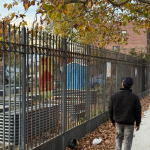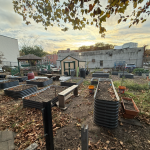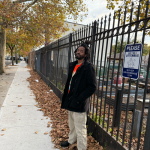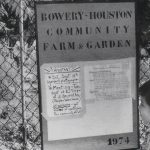How to Stay Calm at Work When a Coworker Acts Like the Boss
Dealing with a coworker who constantly oversteps their role can be frustrating, but staying calm and composed is key to maintaining professionalism. Start by setting
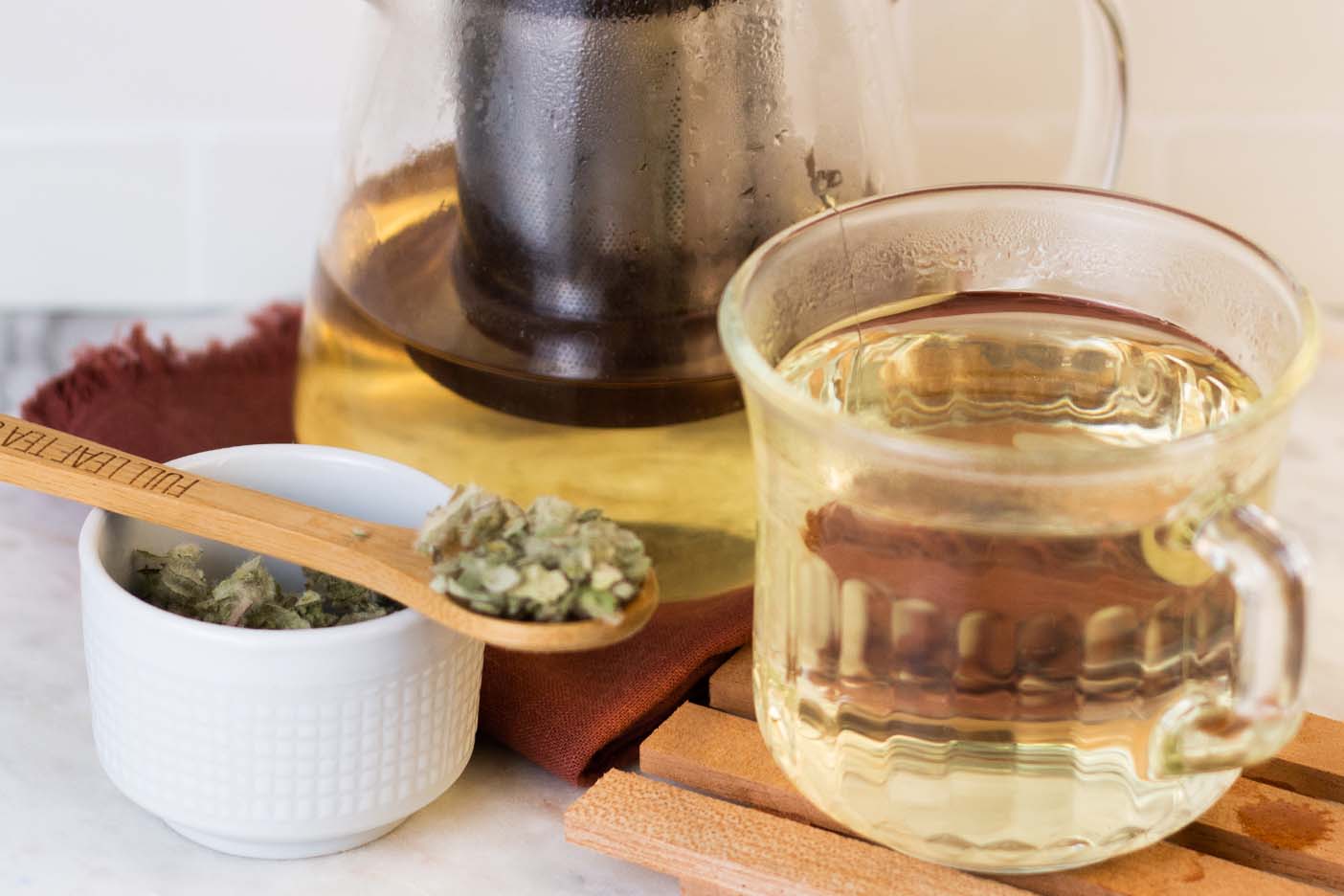
By Yishay Stewart-Mitchell(Wax)
As a passionate cultivator of medicinal plants, I’ve found that some of the most potent remedies come from unexpected places. Two stars in my winter wellness regime are Cerasee and Mullein – traditional Caribbean powerhouses that have found a new home in urban gardens across NYC.
This climbing vine isn’t just medicine – it’s a testament to Caribbean resilience. In my Aunt’s Brooklyn garden, Cerasee thrives along trellises, producing distinctive yellow flowers and orange fruits. The late herbalist Dr. Sebi frequently praised this plant as one of nature’s most powerful healers, particularly emphasizing its ability to:
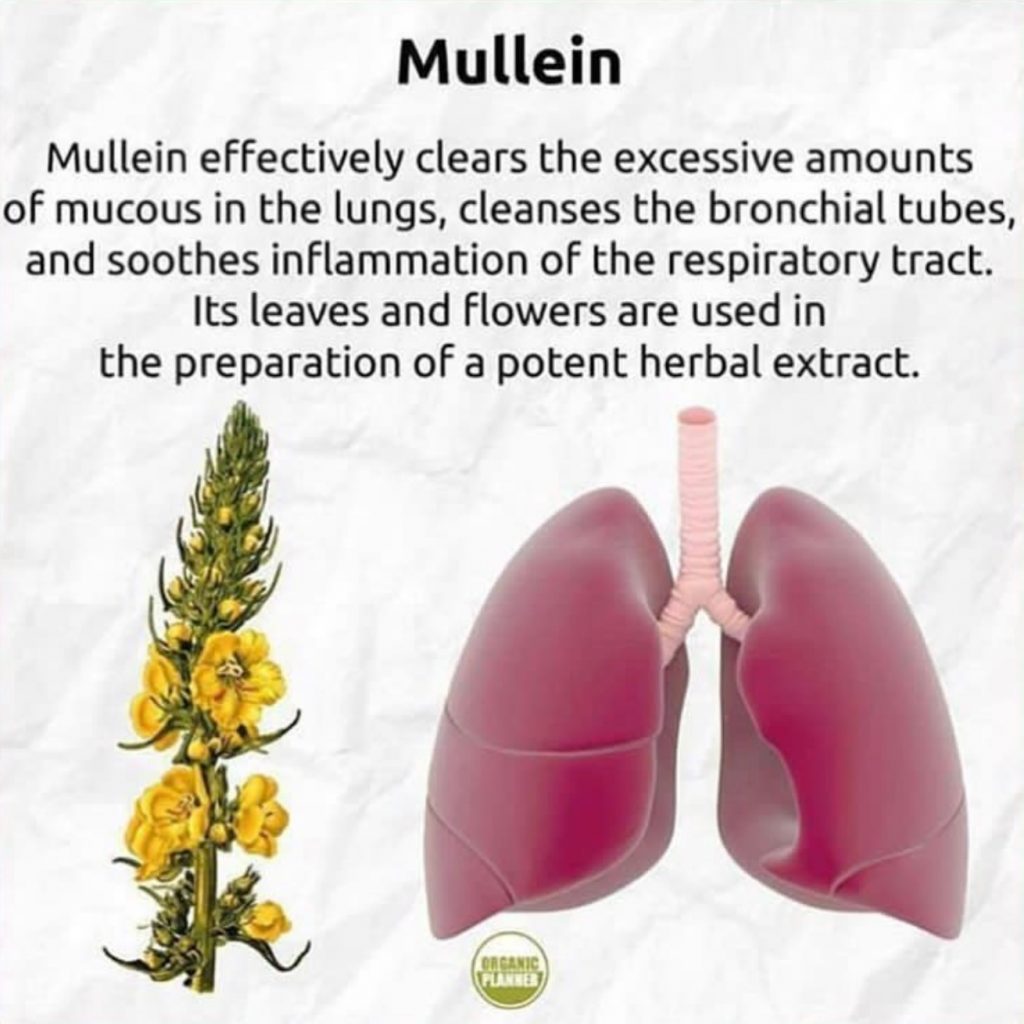
Mullein’s fuzzy leaves are a sight to behold in any garden. This biennial produces a striking flower stalk in its second year, making it both medicinal and ornamental. Key growing points:


Following Dr. Sebi’s teachings, I’ve learned that Cerasee’s bitter properties are crucial for maintaining cellular health. He often spoke about how this plant’s complex compounds work synergistically to support the body’s natural healing processes. When preparing Cerasee tea, I follow his recommendation of using spring water and avoiding metal containers to preserve its bioelectric properties.
For Caribbean communities in NYC, these herbs offer powerful support during brutal cold seasons. For Cerasee tea preparation, I recommend:
As more New Yorkers embrace traditional healing practices, growing these plants offers both cultural connection and practical health benefits. The rising interest in Dr. Sebi’s approach to natural healing has led to increased demand for these herbs in urban gardens.
For more growing tips, check out:
Remember: While these plants have deep roots in traditional medicine and were highly recommended by Dr. Sebi, always consult healthcare providers before using any new herbal remedy. Happy growing!
Dealing with a coworker who constantly oversteps their role can be frustrating, but staying calm and composed is key to maintaining professionalism. Start by setting
Let’s get real about our YouTube series “Unorthodox” – specifically our first episode of WAKEUP WHIFF. Four editors later, and here we are. The Editor

New York, November 12, 2024 In a time when higher education is reaching out into the worlds of pop culture and everyday life, it feels
Feel free to contact us if you have any issues with a order or anything else.
